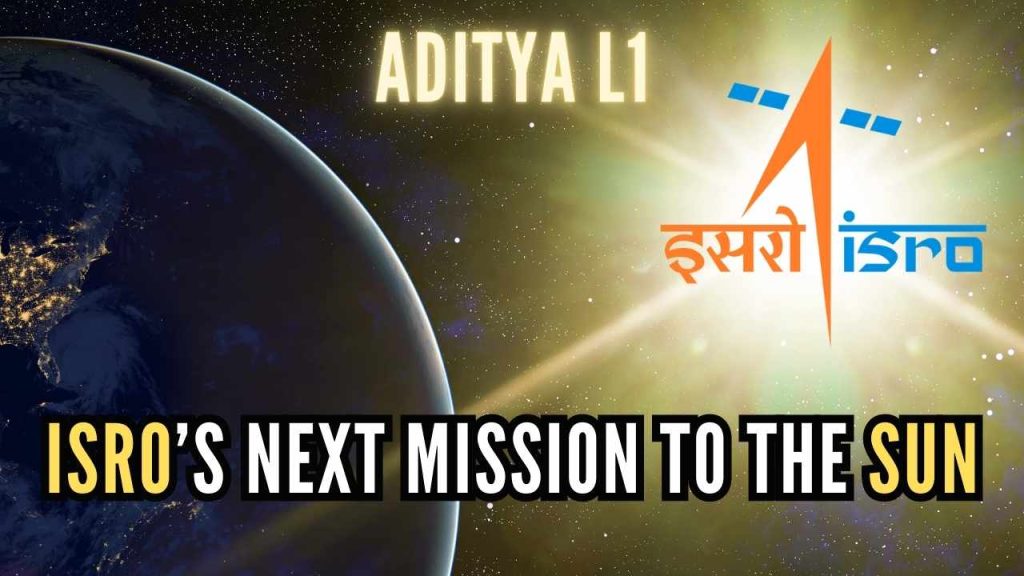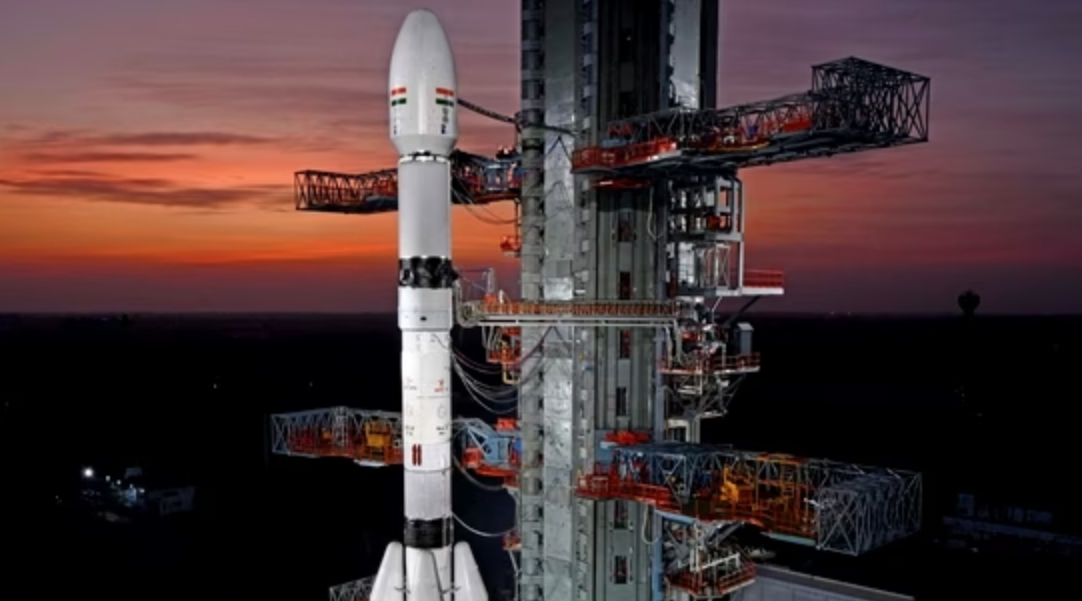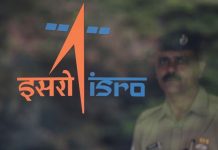The Indian Space Research Organisation (ISRO) continues its trajectory of groundbreaking achievements, now venturing into the realm of solar exploration with the Aditya-L1 mission. As India’s first space-based solar observatory, Aditya-L1 aims to unravel the mysteries of the Sun’s dynamics and offer valuable insights into our solar system’s central star.
Setting the Stage for Solar Discovery
ISRO’s recent announcement reveals that the Aditya-L1 solar mission is set to take off on September 2, marking a significant stride in solar research. The mission promises a deeper understanding of the Sun’s behavior and characteristics, ushering in a new era of solar exploration.
Exploring the Uncharted: Aditya-L1’s Objectives
The Aditya-L1 spacecraft’s primary objective is to conduct remote observations of the solar corona and in-situ observations of the solar wind from a vantage point known as the L1 point. This position, approximately 1.5 million kilometers away from Earth, offers a unique perspective on solar dynamics.

The Significance of Lagrange Points
The L1 point, also known as the Sun-Earth Lagrange point, plays a pivotal role in Aditya-L1’s mission. This position is where the gravitational forces of the Sun and Earth interact, creating enhanced areas of attraction and repulsion. Spacecraft positioned at Lagrange points benefit from reduced fuel consumption required to maintain their position.
Design and Development
Hailing from the city of Bengaluru, ISRO has spearheaded the creation of the Aditya-L1 spacecraft. With an emphasis on indigenous innovation, the mission involves collaboration with national institutions, embodying India’s prowess in space technology.
Solar Revelations: Instruments and Payloads
The Aditya-L1 mission boasts an array of advanced instruments tailored to unveil the Sun’s secrets. These instruments are designed to observe the photosphere, chromosphere, and corona in various wavebands. The Visible Emission Line Coronagraph (VELC) payload, developed by the Indian Institute of Astrophysics, is tasked with solving the enigma of the corona’s high temperature compared to the Sun’s surface temperature.
Unveiling Solar Atmosphere and Dynamics
Aditya-L1 is geared to delve into the intricacies of the solar upper atmosphere, including the chromosphere and corona. It aims to decode the mechanisms behind phenomena such as coronal mass ejections, flares, and the heating of the partially ionized plasma. In addition, the mission aspires to provide real-time data on space weather dynamics and the propagation of particles and fields.
Charting New Trajectories
Placed strategically in a halo orbit around the L1 point, Aditya-L1 enjoys uninterrupted views of the Sun, unaffected by planetary eclipses. This unique position empowers the mission to observe solar activities in real-time, enhancing our comprehension of space weather’s impact.
Towards a Brighter Future of Solar Exploration
As ISRO readies itself for the launch of the Aditya-L1 solar mission, the scientific community and enthusiasts alike eagerly anticipate the wealth of knowledge it promises to unveil. From the mysteries of coronal heating to the dynamics of solar wind, this mission holds the potential to redefine our understanding of the Sun’s intricate workings.




